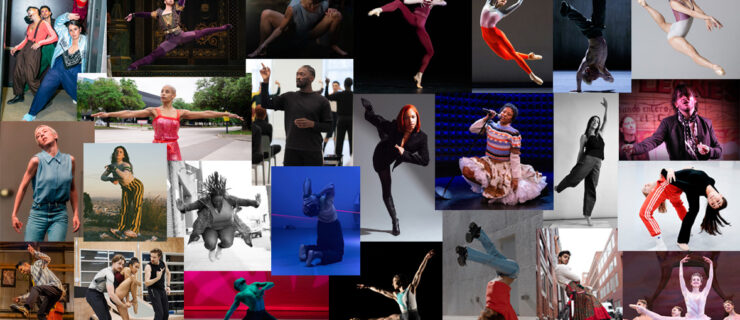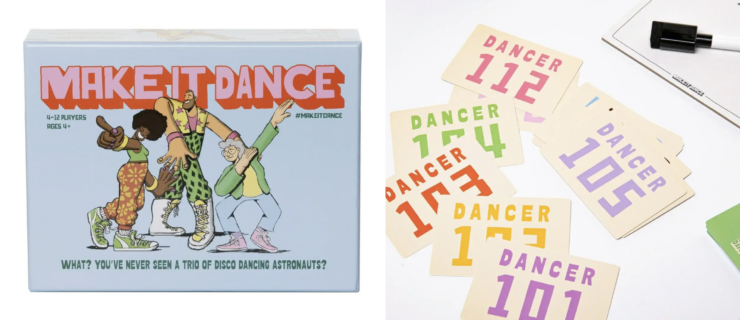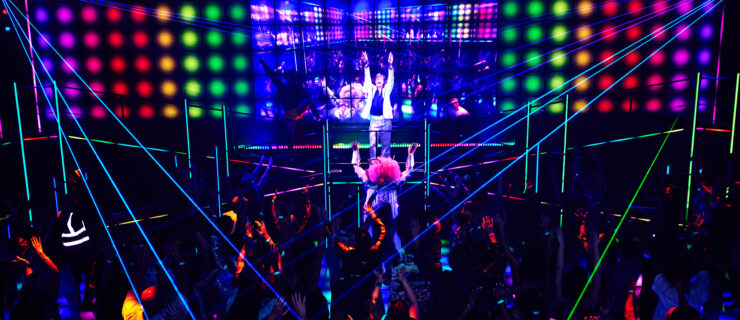Dance Toward a Cure with Courtney Galiano
Courtney Galiano at the 2013 BEAT MS Dance Walk
(photo via The Beat MS)
L.A. friends: Mark your calendars for the second annual BEAT MS Dance Walk, happening September 13th. Spend a day movin’ and groovin’ alongside some of your favorite dancers, all while raising awareness about multiple sclerosis. But even if you’re not on the West Coast, this event is something we can all get behind.
In 2011, “So You Think You Can Dance” All-Star Courtney Galiano was diagnosed with MS—a debilitating disease that affects the central nervous system. Despite the challenge she faces, Galiano hasn’t let MS bring her down. She and her brother, Philip Byron, established the foundation BEAT MS (the name is a play on her family’s dance convention, The BEAT Dance Tour), and last year hosted the first BEAT MS Dance Walk to benefit the National Multiple Sclerosis Society. In 2013, the BEAT MS Dance Walk in L.A. raised over $62,000 for MS research.
We caught up with Galiano about this year’s walk.
Dance Spirit: The first BEAT MS walk welcomed so many dance celebs—Adam Shankman, Mark Kanemura, Comfort Fedoke, Kathryn McCormick, Jeanine Mason and dancers from “Americans Best Dance Crew” and “Glee.” Are you expecting more star participants this time around?
Courtney Galiano
: Last year we had over 600 people walk, and we want to continue to get as many people involved as possible. There will be lots of dancers from “SYTYCD” (including season 7 winner Lauren Froderman), dancers from VH1’s “Hit the Floor” and cast members from the musical Hair—including Kristen Bell—which I just performed in at the Hollywood Bowl.
DS: So far, what have been the most rewarding aspects of the BEAT MS?
CG: Being surrounded by so much love and support, and meeting people who share my passions and challenges. I’ve been amazed at the number of young people fighting MS. It often seems like there’s a stigma associated with the disease—people are scared to say they have it. Through BEAT MS, I’m hoping to break that stigma, because there’s nothing to be ashamed or afraid of. I think the lack of discussion about MS stems from a lack of knowledge, so I hope the walk helps raise awareness and educate people.
DS: Since your diagnosis with MS in 2011, have your career goals changed?
CG:
Not at all. I have good days and bad days, but sometimes I forget I even have MS. Fatigue is the biggest symptom I have to fight. I’m thankful every day for the determination that dance has instilled in me. Plus, dance really helps fight the disease: Medical professionals have started prescribing dance classes for people with MS and similar diseases that affect mobility. It just goes to show you how powerful dance really is!
DS: Is there a way for those who can’t attend the walk in L.A. to get involved?
CG: Of course! You can make donations on our website, or even start your own team and recruit other people to join on social media. Anything that spreads awareness about this event and the disease helps.
If you’re in Georgia, Texas, New Jersey or Florida and want to get involved, you can also check out The BEAT Dance Tour convention—a portion of every registration is donated to the National Multiple Sclerosis Society.



